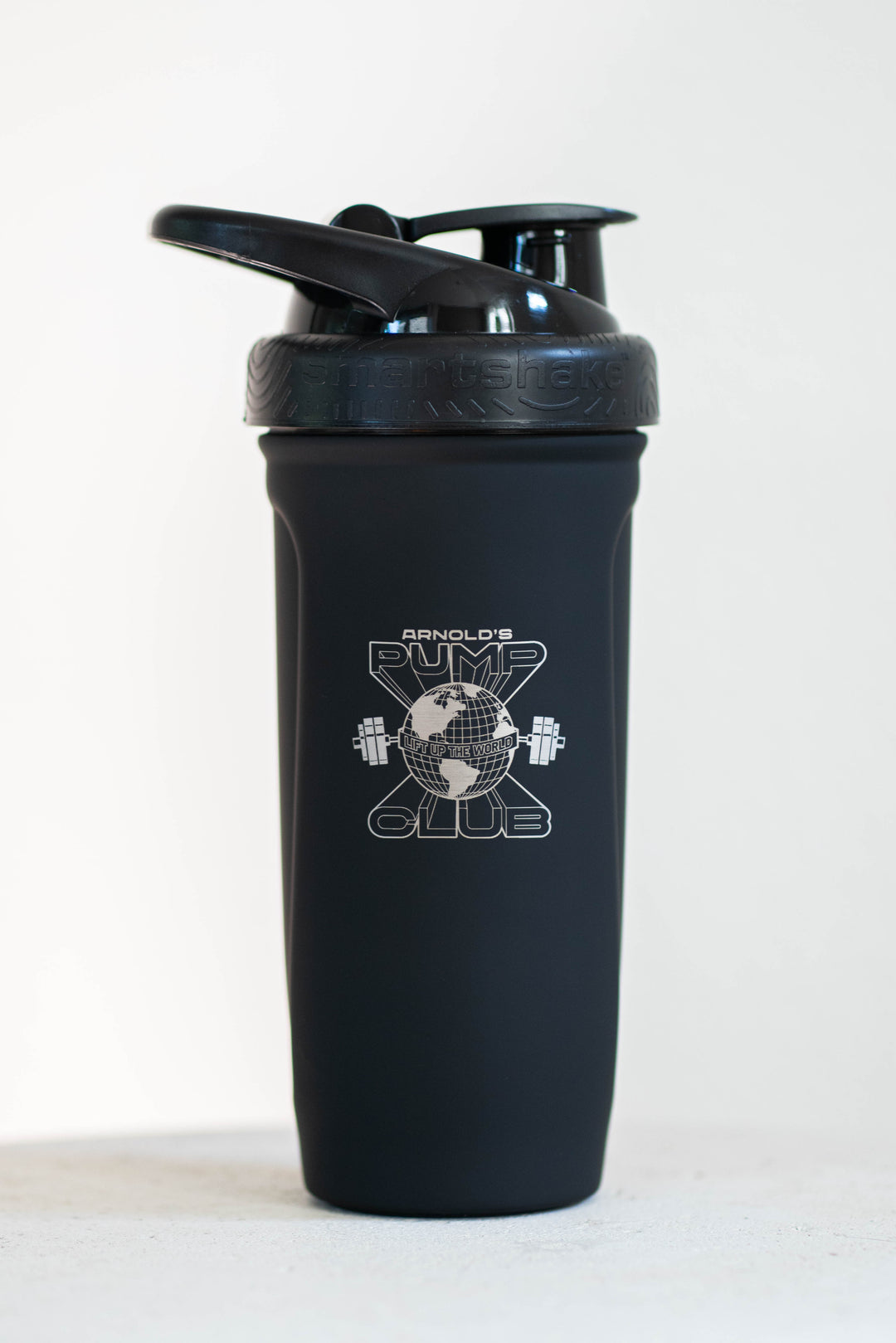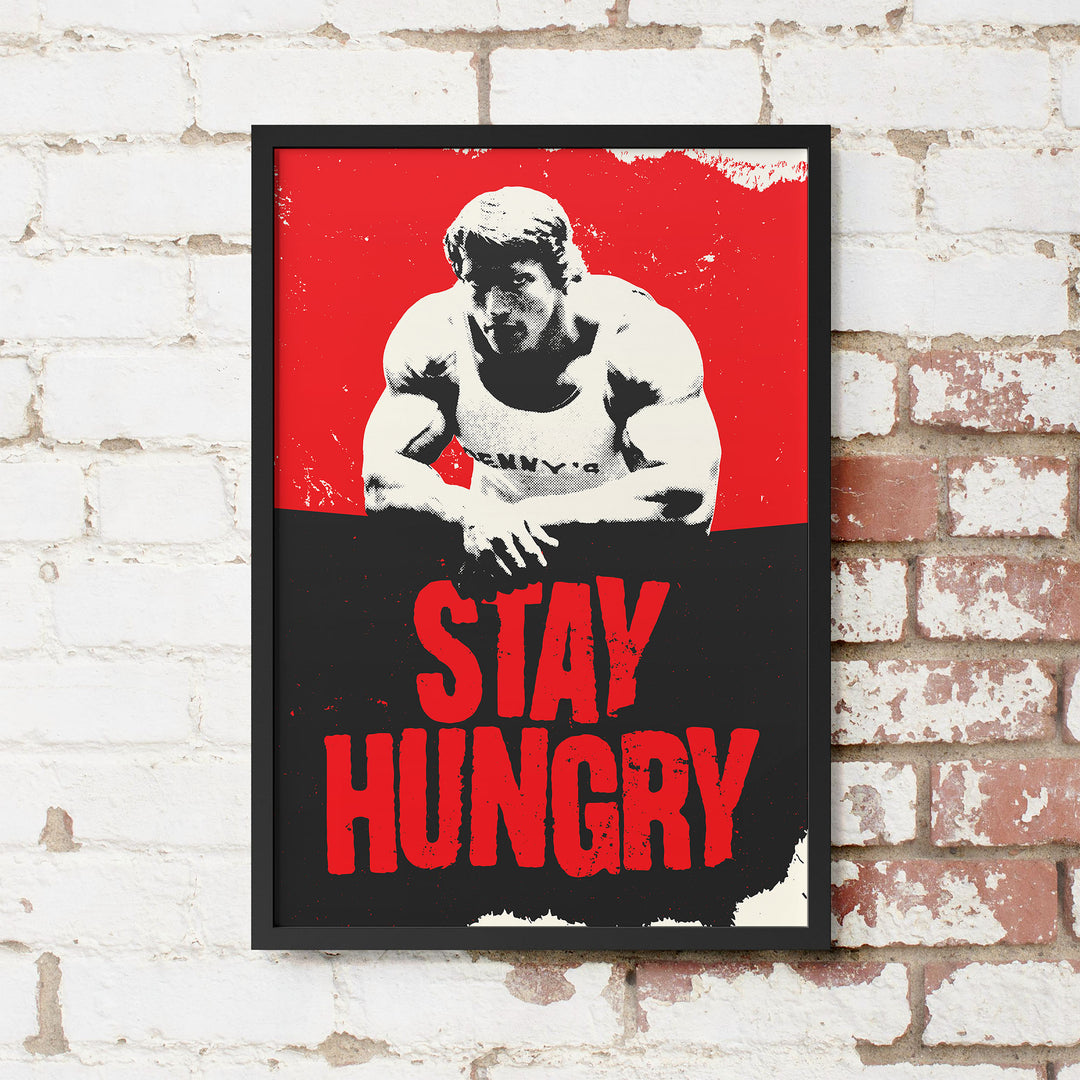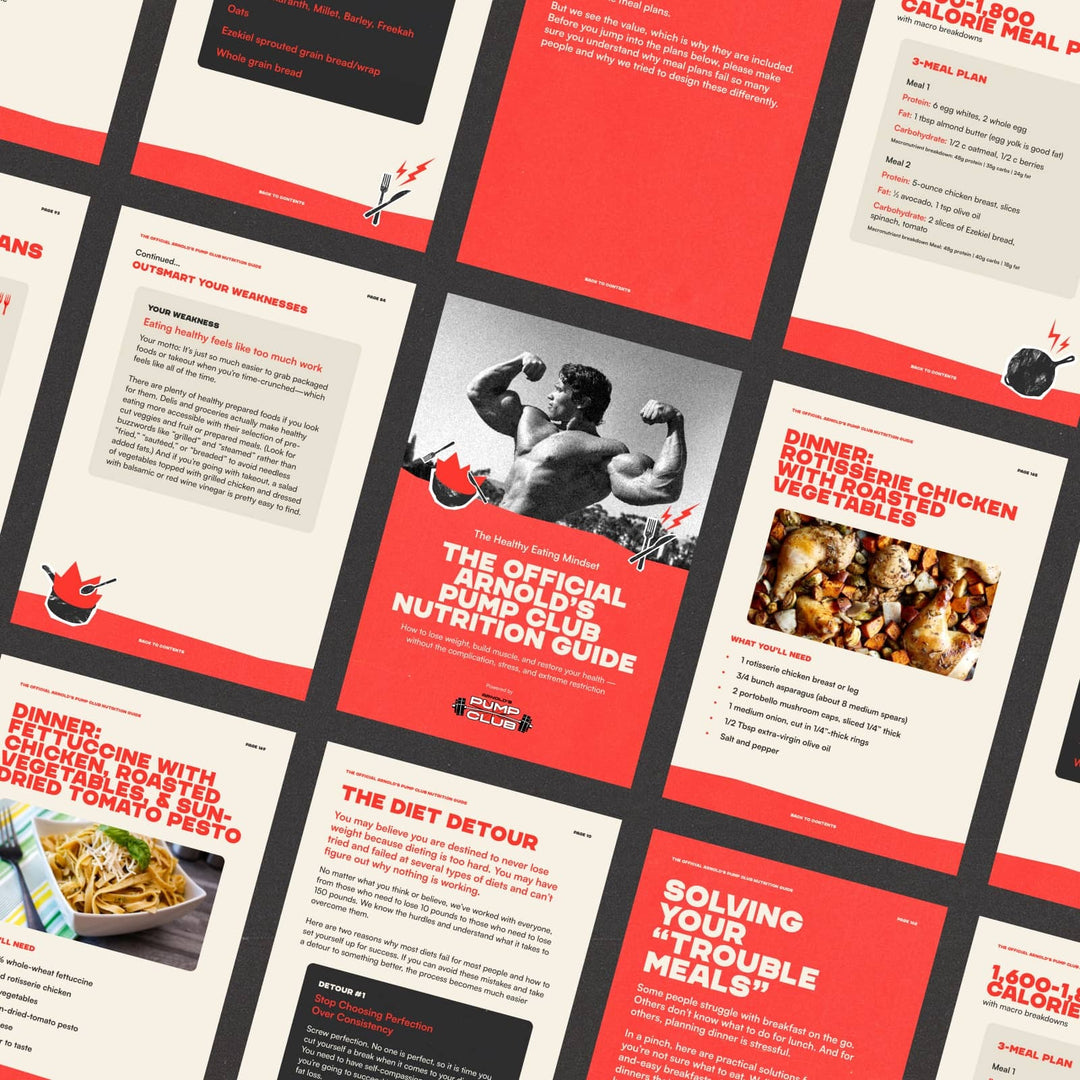Welcome to the positive corner of the internet. Every weekday, we make sense of the confusing world of wellness by analyzing the headlines, simplifying the latest research, and offering quick tips designed to make you healthier in less than 5 minutes. If you were forwarded this message, you can get the free daily email here.
Today’s Health Upgrade: Living Longer
Monday motivation
Are desserts addictive like drugs?
How often should you apply sunscreen?
Workout of the week
Arnold’s Podcast
Want more stories from Arnold? Every day, Arnold’s Pump Club Podcast opens with a story, perspective, and wisdom from Arnold that you won’t find in the newsletter. And, you’ll hear a recap of the day’s items. You can subscribe on Apple, Spotify, Google, or wherever you listen to podcasts.
Arnold’s Corner: Monday Motivation
Let’s Talk Failure
You have all heard me say a thousand times, “Don’t be afraid of failure.”
But many of you have told me you can’t overcome the fear. So, I want to start your week by talking about how your fear holds you back and what you can do to make failure your friend instead of your greatest fear.
For the next four weeks, I’m going to try something new and do a series on losing your fear of failure. Every Monday, I’ll share a lesson and some homework for you. My goal with this series is to help you break through that wall in your mind holding you back from finding your true potential.
I know that all of you have made amazing progress here in the newsletter and in the app.
I see it every single day in your comments and emails. Some of you have lost 20, 30, 50, 100 pounds. Some of you have doubled your strength. Some of you have found that resistance training has given you a better life with less pain. Some of you have had friends and family notice and compliment the changes in your bodies.
I am so, so proud of all of you.
But I also see in everything you tell me that even with all these wins, many of you still haven’t shaken that fear of failure. I don’t want you to feel bad about it or beat yourself up. It is a completely natural fear. It is probably wired into our brains from ancestors who had to worry about being eaten by some big cat or eating the wrong plant and dying a horrible death.
We all want safety. But we all need to learn that the safety wired into our brains doesn’t apply to most of what we actually do in our lives. If you’re climbing a mountain, you should worry about your safety. If you’re jumping out of a plane, you should worry about safety. If you work with wild animals, you should worry about safety. Those things can be dangerous if you don’t take precautions. In those cases, failure can kill.
If you’re thinking about starting a diet? If you’re in your gym wondering if you should increase the weight you lifted from last week? If you’re creating a big vision? If you’re wondering about talking to that person you’ve got a crush on? If you’re deciding to apply for a dream job?
Please tell me, where is the danger? What is the worst thing that can happen?
But so many people hold back because they surrender to that part of their brain that thinks any failure in life is as deadly as being bit by a snake. They might have even failed before and felt a little embarrassed.
They don’t step back and ask themselves that question: What’s the worst thing that can happen?
In most cases, the worst thing that can happen if you fail — when you’re starting a diet, when you’re lifting a new weight, when you’re creating a vision, when you’re making a move on your crush, when you’re applying for a job — is that you will be exactly where you were before you tried.
That’s right. The worst thing is the status quo. You’re living that now. So what are you really afraid of?
The first step to getting rid of failure is reminding yourself, over and over, of the worst thing that can happen. You won’t fall off a cliff — most of the time, the farthest you can fall is back to where you started.
Whatever your goals are, it’s time to do a serious risk assessment.
Not the risk assessment where your brain lies to you and tells you failure will be fatal.
A real risk assessment of what you are afraid of. Because when you really think about it, when you do the work to be honest with yourself, I think you’re going to find that your fears are completely overblown, that your mind is playing tricks on you.
That’s OK! It happens to all of us. Our brains want comfort. Going after our big goals is never going to be comfortable.
We just have to work to overcome the tricks our brains play on us. And the first step is educating ourselves about what the real risk actually is.
If you apply for your dream job and fail, you’ll still be here tomorrow. In fact, you’ll probably be exactly where you are right now. And that isn’t that bad. That isn’t a huge risk.
If you try to learn a new language you’ve wanted to learn and put off because you’re afraid you’ll fail and your fear comes true, you won’t forget how to speak the language you speak now.
If you finally commit to your diet and fail, that’s right… you’ll just be back at the status quo.
The first step to losing your fear of failure is sitting down and being honest about the actual risk.
So, today’s homework is an honest risk assessment. Think about the goal that you’ve put off because you’re afraid of failing. Then sit down and write down the worst things that can happen if you do fail.
I guarantee you that it won’t be as bad as you think.
I know some of you might be thinking “Arnold, you’re right I won’t die or lose as much as I think, but it would still be embarrassing.”
We’ll cover that next week.
Are Desserts Addictive Like Drugs?
Have you heard that eating sugar affects your brain in the same way as using cocaine? As crazy as it might sound, we finally have research to determine whether it’s true.
New research found that hyperpalatable foods do not light up your brain like addictive drugs.
Scientists gave obese and non-obese participants an ultra-processed milkshake and measured brain activity with PET methods that detect the type of dopamine surge you see with drug abuse.
The surge in dopamine from the milkshake—for either group—was not enough for the PET to recognize.
That’s not to say that ultra-processed foods aren’t addictive or don’t lead to any dopamine surge. As we’ve discussed before, there appears to be something about ultra-processed foods — from the mix of salt, sugar, and fat to the softness and eating speed — that makes them more likely to be consumed in higher amounts.
But, if you’re being told that they lead to dramatic changes in your brain similar to drugs, the latest research suggests that’s not the case.
Jumpstart Your Week
💪Pump Perks: The Ultimate Morning Boost
What happens when you take the energy boost of caffeine, mixed with the overwhelming benefits of creatine, and combine it with the focus and attention of nootropics? You get Super Latte — a wellness cocktail that tastes like coffee without any potential jittery downsides. Take it first thing in the morning or the afternoon for a boost without worrying about it harming your sleep. Use the code “pumpclub” for up to 35 percent OFF.
💪One Sentence Wiser: How often should you apply sunscreen?
Research suggests that applying sunscreen every two hours is the best way to stay as youthful-looking as possible, protect against burns and sun damage, and reduce your risk of skin cancer.
Workout of the Week
Last week, we shared that a new study found that a specific method of super-setting exercises can lead to impressive results despite spending 36 percent less time in the gym.
This week, we’re designing a workout based on the science of time-efficient training. This workout consists of exercise pairs—or supersets—of opposite muscles. So you’ll do one exercise, rest for 20 seconds, do the other exercise, and rest for 2 minutes. Do all sets of the pairing, and then move to the next superset.
Superset #1
Front squat: 3 sets x 5-7 reps
Straight leg deadlift: 3 sets x 5-7 reps
Superset #2
Dumbbell chest press: 3 x 5-7 reps
Dumbbell row: 3 x 5-7 reps
Superset #3
Dumbbell biceps curl: 3 x 6-10 reps
Dumbbell triceps extensions: 3 x 6-10 reps
Give it a try, and let us know what you think!
—
Publisher: Arnold Schwarzenegger
Editors-in-chief: Adam Bornstein and Daniel Ketchell


















